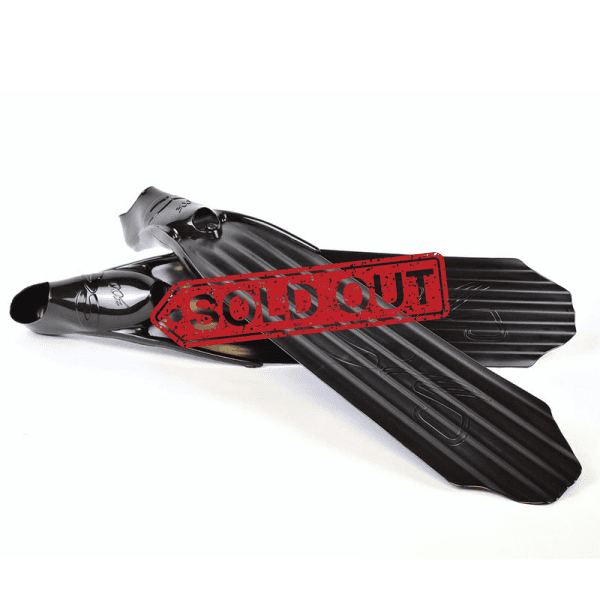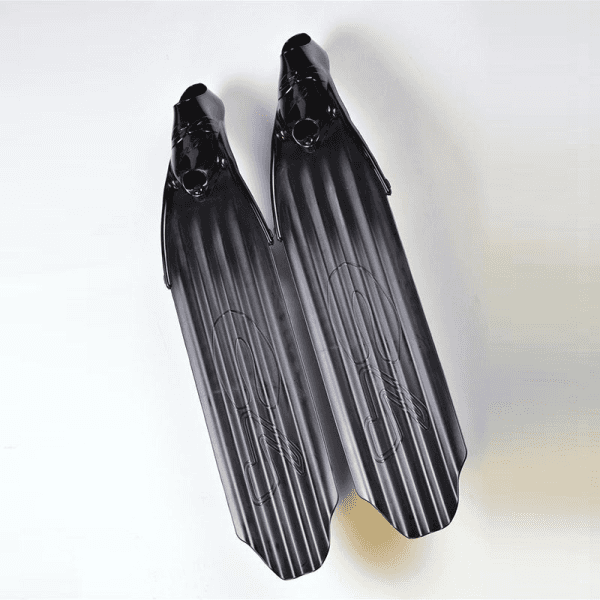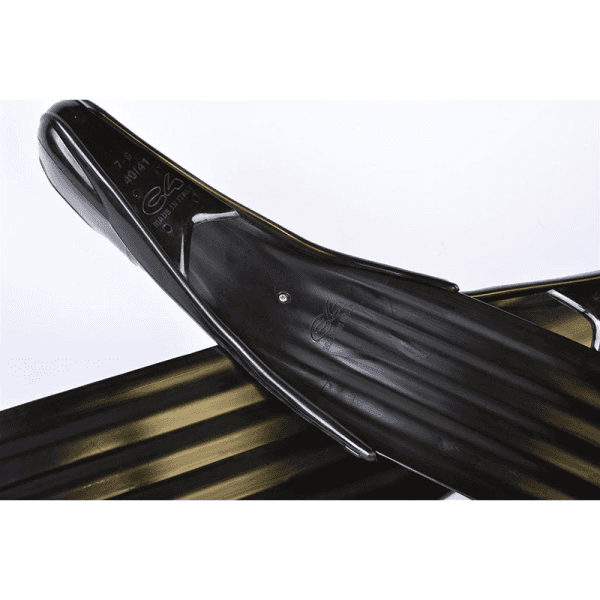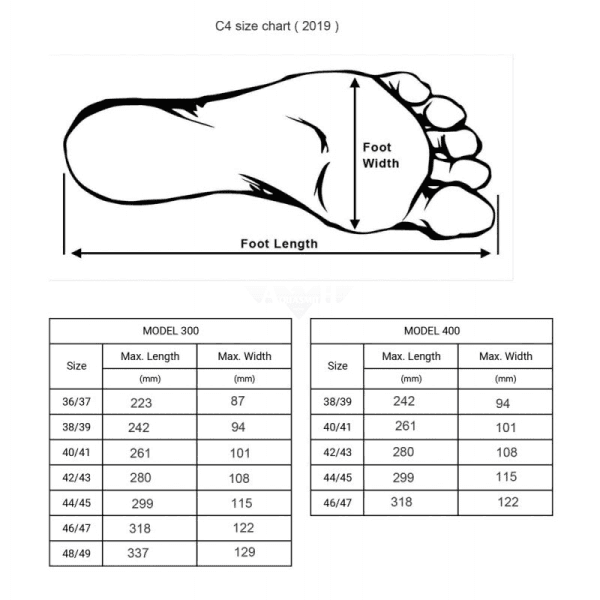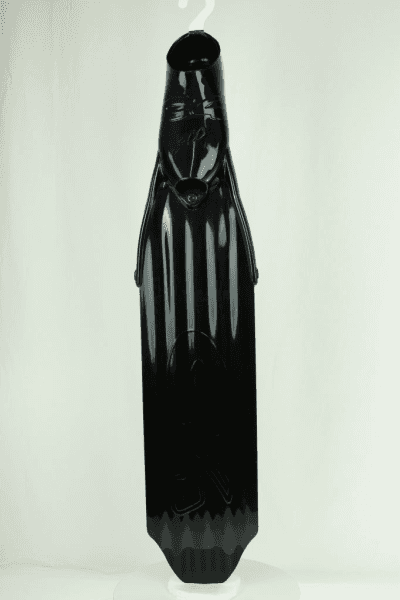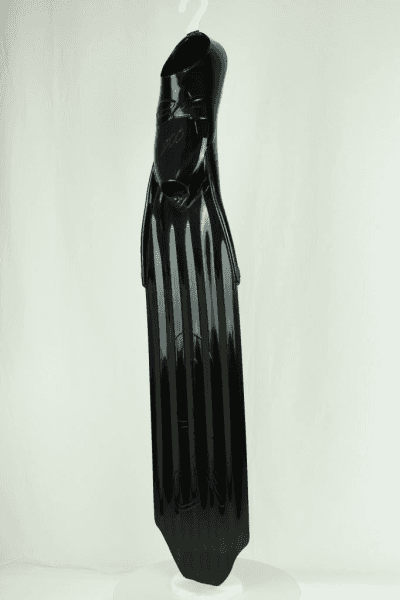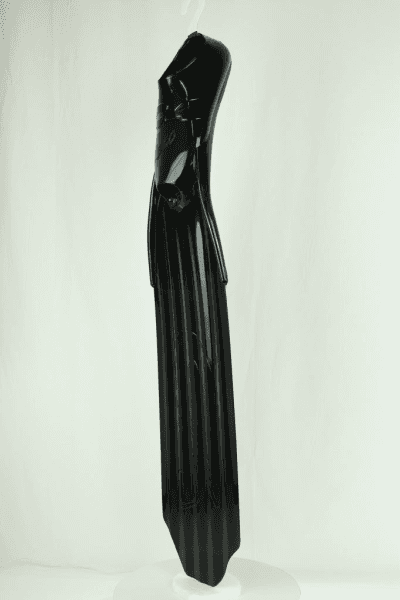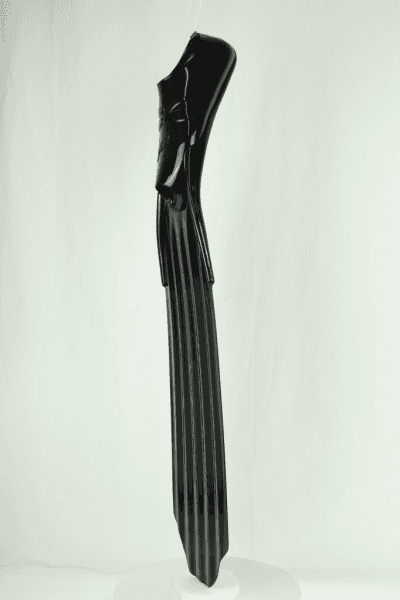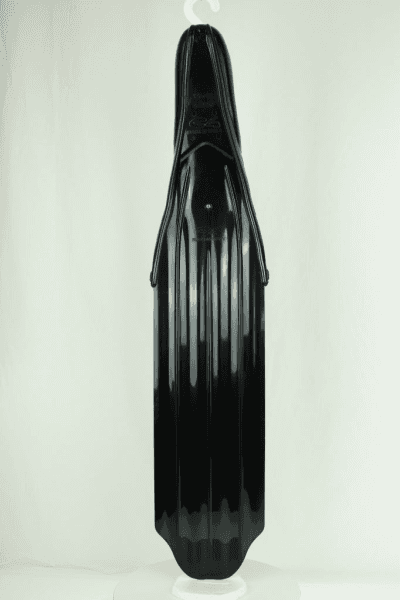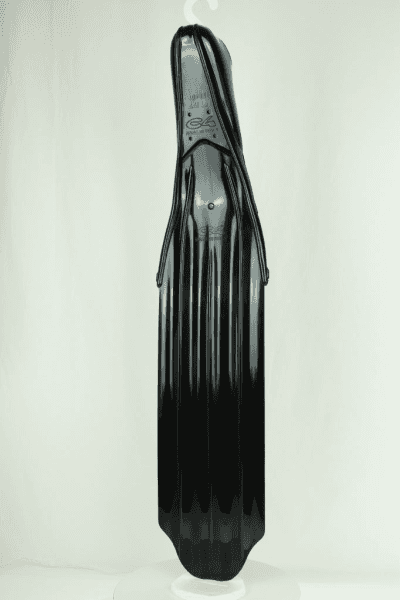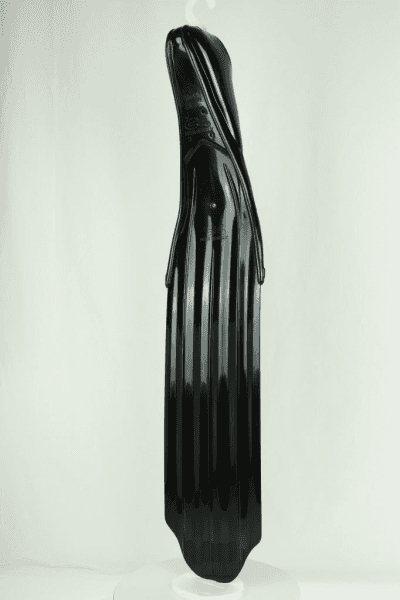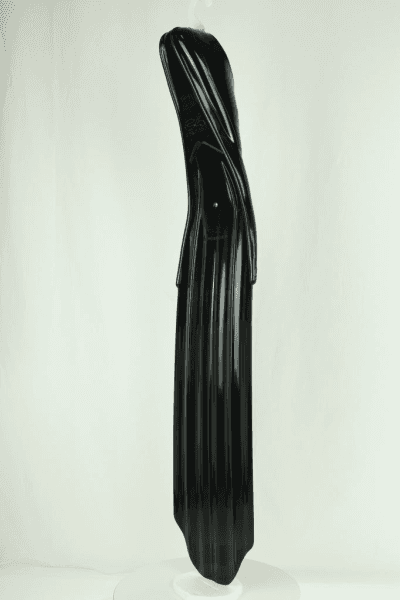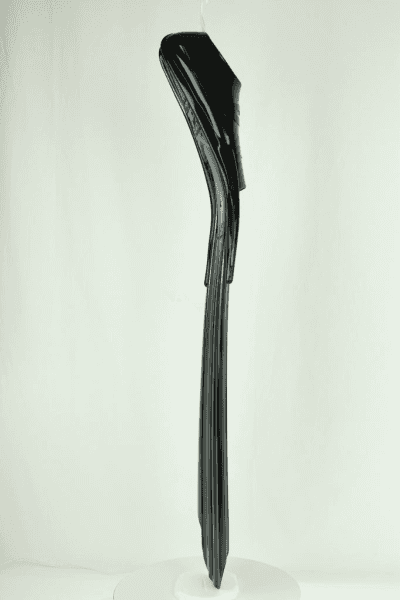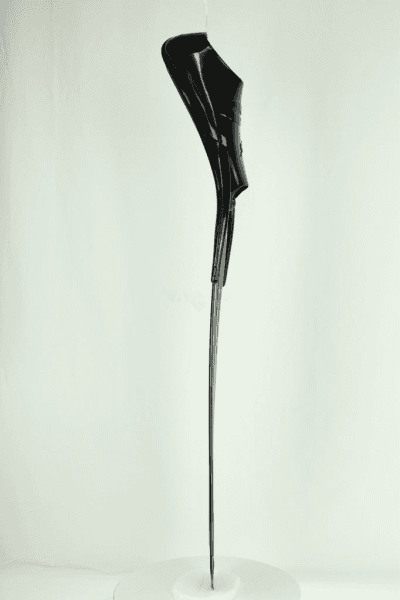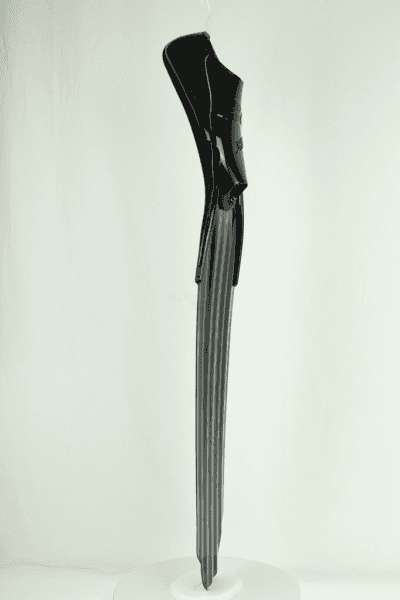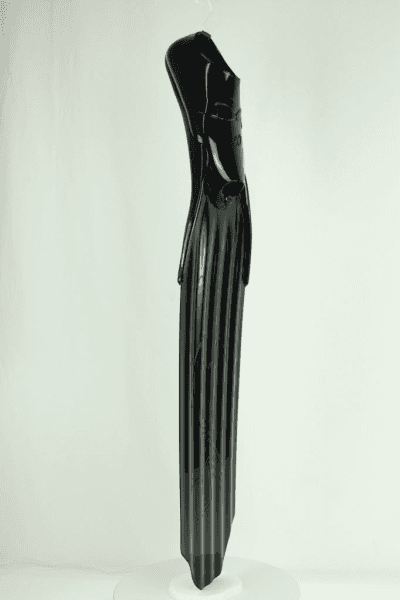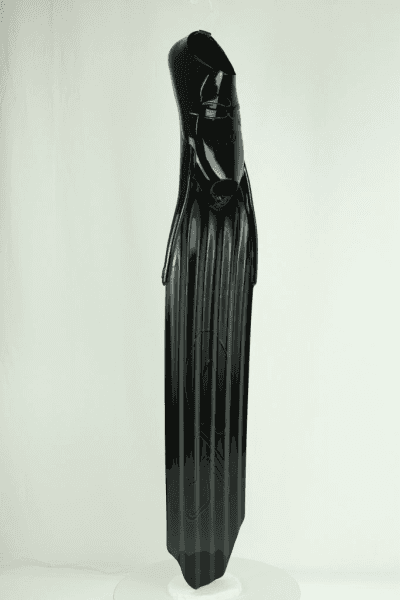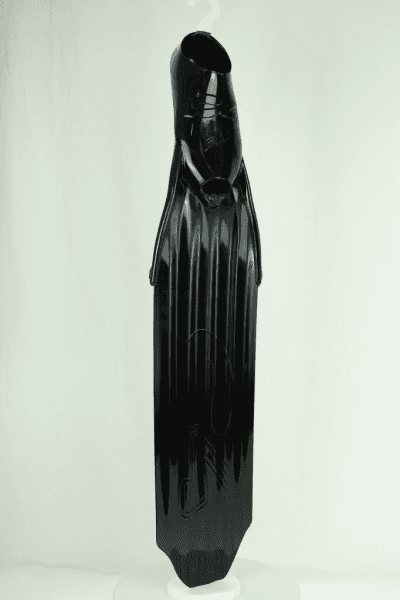C4
C4 Surfer Fins
C4 Surfer Fins
Couldn't load pickup availability
TECHNICAL DATA
MATERIAL: High modulus plastic
BLADE DIMENSION: 814 x 192 mm
BLADE HARDNESS: 30 medium
FINS ANGLE: 29°blade + 3°footpoket = 32°
FINS WEIGHT: 647 gr. in size 40/41
FOOT POCKET WEIGHT: 316 gr. in size 40/41
300 FOOTPOCKET SIZES (BLACK):
European sizes: 36/37 - 38/39 - 40/41 - 42/43 - 44/45 - 46/47 – 48/49
US/Canada sizes: 4/4.5 – 5.5/6 – 7/8 – 8.5/9 – 10/11 – 11.5/12.5 – 13/14
300: THE PROJECT
1/3 tradition, 1/3 innovation, 1/3 di design, add (sea) salt to taste. This is the recipe of our 300 foot pockets. 300 feature an elegantly balanced shape in a few hundreds grams. The technology behind this products is mainly focused on volume reduction. Volume is in fact the primary cause of foot pockets “weight” in water, which then requires a bigger effort when kicking water. So, the higher volume of water, the bigger the effort. Reducing volume, weight is reduced, and therefore reducing the ‘sinking’ effect. A 300 foot pocket size 40-41 only weighs 315gr. Compared to 600-750 gr. of standard shoes on the market.
300: FORCE CONTROL
The foot on blade thrust position is about 30mm back, it lies between toes and the metatarsus. Longerons are short where toes are and continue under the foot pocket towards the heel. They are an uninterrupted line of energy distribution between foot and blade. Longerons progressively transfer energy to the blade, allowing exceptional bending curves. Blades continue for over 20mm inside the 300 foot pocket towards the heel. Special blades must be produced to perfectly fit the 300 foot pockets.
300: A UNIQUE ANATOMICAL SHAPE
The 300 unique footwear anatomy is obtained by superimposing the shapes of our right and lef anatomical foot pockets, the Mustang, with their 3°angle. Angle also maintained in the 300 foot pockets. The 300 modular foot pocket anatomic shape is designed to tightly fit to the feet so that energy is transmitted on all foot areas. Thanks to this anatomical design, the energy dispersion caused by unwished gaps between foot and footpockets, is the least possible. Force is naturally applied with the least effort. Fitting and comfort are extremely high thanks to the innovative material used to manufacture the 300 foot pocket shoes which also allows for a 7 time higher resistance compared to other traditional materials.
300: HYDRODYNAMICS
Hydrodynamics: an efficient performance is based on resistance reduction. 300 fins elegant shape could have easily been designed by lines of water flowing on your feet without interruptions and only ongoing smooth lines. Hydrodynamics is key to reduce divers’ fatigue and these footpockets shiny look combines beauty and performance.
300: SAFETY & TIME
Blades are connected to the foot pockets by two special Hilo screws, for a better mechanical seal and energy transmission. This mechanical solution, in addition to making blades replacement much easier, prevents blades from being over stressed.
29° + 3° = 32°
The design of modern fins is mainly focused on achieving a better performance by increasing the total angle between the foot and the fin blade. The foot pocket blade angle must be amplified. In case of a low angle, stiffness of blades will result in fins with a reduced performance. Softer blades with a wider agle will result instead, in stiffer fins. C4 footpockets do not create this problem; all C4 anatomical footpockets have a 3° angle. The blade angle is 29°, a value much used on modern fins which determines a greater preload, making the blade more reactive. Such 29° solution, reaches an angle of 32° thanks to the 3° angle of the patented C4 footpockets providing for an excellent kinematic performance.
ONCE UPON A TIME
In the past, to dive at very high depths, fin blades, longerons and foot soles had to be extremely stiff. This was the only way to achieve performing fins. Nowadays, blades are soft and performing, therefore modifying the divers’ athletic movement as less effort is required. This is diving, not skiing and not even climbing, where strength is key. Modern blades can bend under few hundreds grams. Stiff foot soles and footpockets are not necessary any longer as they even limit divers’ performance. C4 goal has always been to create products which allow for a fluid and constant movement in water. As a matter of fact, footpockets must serve divers helping them to freely move their feet. This is why C4 300 foot pockets’ calibrated stiffness, in combination with modern soft and angled blades, offer an amazing swimming experience. This is what modern divers require, nothing more than that: a really efficient performance.
D.P.C. Double Parabolic Curve
The blade works best when it bends completely? From heel to toe !! This is possible thanks to the double parabolic curve of blades, from heel to toe. A neutral intermediate bottom and two progressive declining curves. Thus it fully exploits the shovel and its elasticity.
CONSTANT WATER RAILS
Fin blades, in areas where water rails are not present, disperse 50% of the water they come in contact with. This is what the French call “drifting”. We make an effort to move water for thrust but we disperse it on the side. Therefore the forward thrust is low, and the action useless. The solution to this problem was invented in 1993. Constant water rails, inspired by racing car spoilers, were invented to keep water on the blades and not disperse it on the sides. Divers feel as if they were kicking on two rails. Water is not side channeled, blades do not twist and system efficiency is outstanding. Especially indicated for freediving deep dives, where constant speed is key compared to acceleration.
FLAP
Should the fin blade bend completely? Even at the tip? To work best this seems obvious, but water rails tend to make blades quite stiff especially in their thinner areas. The flap is the solution. It allows full flex torsion of the blade, even at the tip, helping to centralize the fluids and therefore reducing turbulence. More flex torsion and less turbulence result in greater speed.
MADE in ITALY
C4 has over thirty years experience in designing and manufacturing advanced carbon fiber equipment, in Italy. Our history is at the base of our brand success.
Share
